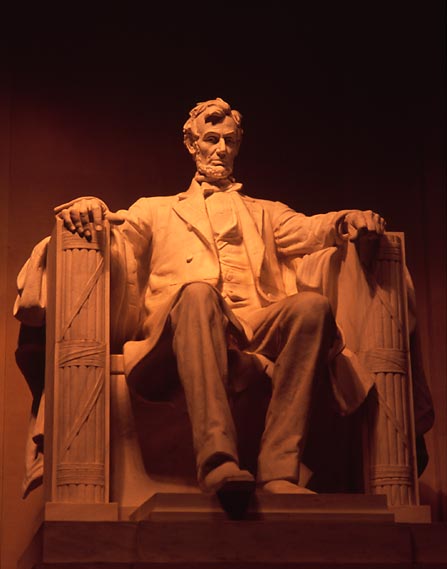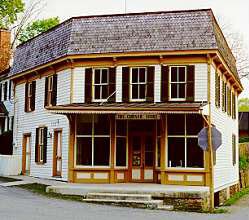 Advice for amateur historians
Advice for amateur historiansDR: In Civil War history, we have this leavening of amateur historians – energy, insights, some risk. We also have new thinking from a segment of pros. Might the pros be stimulated by amateurs?
MM: When the culture supports the role of the great amateur, that’s when things are exciting. When that amateur suddenly turns a corner and becomes professional, it is never as interesting.
All these great amateurs or primitives make the world accessible. Sometimes you like your gods to walk amongst you.
DR: I wouldn’t say these are great amateurs, just that they bump consensus hard in some soft spots.
MM: The notion of being an amateur goes hand-in-hand with someone who desires adventure and much prefers to be a flamboyant failure than necessarily some kind of benign success.
DR: We’re not doing well in the flamboyance department. And our risk-takers seem to have at least one eye on acceptance, if not material reward.
MM: When I finally was kicked out of art school after almost eight years, all I said to myself was, “I’ve got to figure out now how to become an excellent failure…”
DR: The odd thing about our new thinkers is fear of certain kind of failure. They have to “make sense” to all the readers who have been fed garbage for 50 years. So we’ll go great lengths to make the bamboozled reader feel comfortable in his wallow of nonsense.
One effect is gigantism. Russel Beatie, an amateur, is going to retell the whole story of the war in the East on his own terms, across thousands of pages, in order to not frighten the failed reader. Joe Harsh, a pro, has published three revisionist books on the Maryland Campaign and is at work on a fourth, all in a struggle to gently, gently turn faces out of the ditch skyward. And ultimately, these massive efforts to win over the lied-to, exploited reader of bound commodities will fail ... in sales terms. Maybe the size of the failure is flamboyant.
MM: What was inbuilt in punk rock was something that prevented it ever from living in harmony with the industry. If it ever got close, it imploded.
DR: We seem to fear that implosion. Our revisions are therefore “propositional,” submitted to ill-informed readers for ratification and awaiting sign-off from some sort of superblurber - a McPherson figure. We’re afraid of not making sense to people – the wrong people. You yourself were not afraid when you started your clothes store.
MM: I liked the idea of having a shop in which nothing in it was for sale.
DR: The equivalent for us would be to stop trying to make sense to failed readers. Let’s make sense to ourselves as advanced readers. Let’s not buy and sell manuscripts but rather exhibit our wares (not for sale!). Let’s publish on the Internet.
MM: I remember when Vogue magazine used to come into my shop and I’d say, “For God’s sake, get OUT of here! Just the smell of you! Now get OUT!”
DR: You could stand in the middle of an ACW symposium and shout the same words.
I sometimes think there’s a whole parallel enterprise awaiting – mocking the nonsense that has passed for Civil War history. It reminds me of when hip hop broke out and there was all this focus on the sampling aspect. You can sample aspects of the ACW classics for entertainment.
MM: They were making all this music from the disposable pop rubbish from the past. They were making sense of it all. I remember the early days of hip hop: it was always the amateur aspect that was ingenious.
DR: Pop rubbish indeed. How can we stop making sense to all the wrong kinds of Civil War readers?
MM: [By] not doing it for any practical purpose. [By] doing it to create something to rub up against the culture.
[Interview constructed from McLaren quotes from Swindle magazine number 5 and the movie Not for Sale.]








